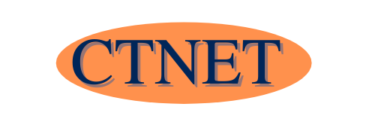In this guide, we will look at the fleeting note, the unsung hero of note-taking. Without fleeting notes, I wouldn’t have written around 300 blog posts. It is fundamental to the Zettelkasten method, but they are core to any productivity, information or knowledge management system you mention, even if they are not named in those other systems. So, let us give a big cheer to fleeting notes.
What are fleeting notes?

Fleeting notes are the notes you take when you have a flash of inspiration, have encountered something you might want to remember, or even be a reminder to go to the shop and buy some milk.
The critical point is that whenever you have an idea or thought, you must capture it before you lose it forever. It is a practice I started in the last few years, and I wish I had started doing it in my youth. I dread to think how many great ideas I have had that evaporated away to nothing due to me not capturing them at the time.
How to capture your fleeting notes
To give you an idea of how easy it can be to capture fleeting notes, I will share how I currently capture information for my personal knowledge management and productivity system. You can learn more about my system in my guide to my productivity and knowledge management system in 2023.
- Paper notes. The traditional method of writing notes down with a pen on a piece of paper. I use the bullet journal method as it allows me to capture them quickly before returning to what I was working on.
- Digital note-taking application. I also put fleeting notes in a digital note-taking application. As I always have my mobile phone at hand. I have captured ideas and thoughts this way while walking my dog.
- Book or Kindle highlights and notes. I highlight sections that interest me. I also write notes to question, query or note similar or even opposing ideas or thoughts from myself or some other content I have consumed.
- Web articles. I capture notes in a read-later application.
- Tweets, ideas in other people’s tweets
- YouTube videos
- Emails
- Podcasts
There are many applications I use to manage these different sources.
Conclusion
The fleeting note is the first step on the journey to knowledge, yet it is often overlooked as we concentrate on the literature and permanent notes. But the fleeting note starts the journey and contains the initial thought and spark of curiosity.
You can find all our content on knowledge management systems here.
